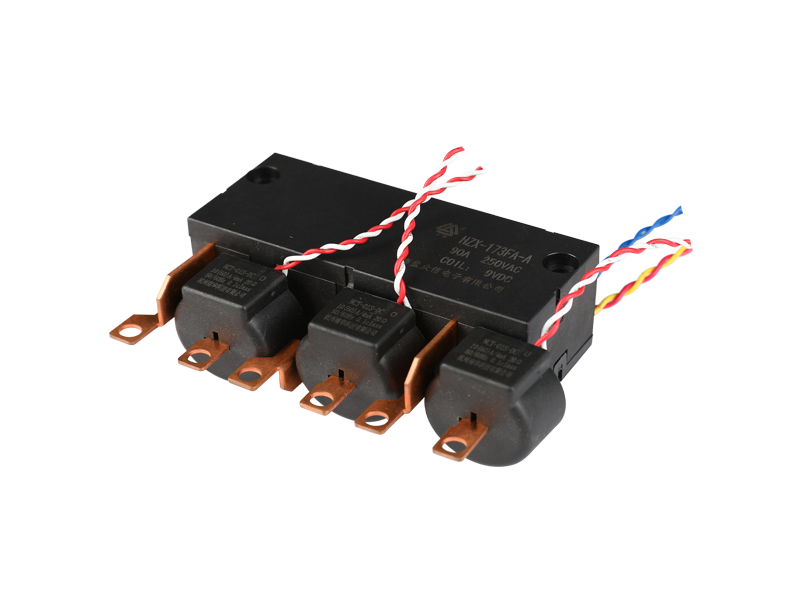A relay is an electrical control device, which is an electrical appliance that makes a predetermined step change in the controlled quantity in the electrical output circuit when the change of the input quantity (excitation quantity) reaches the specified requirements. It has an interactive relationship between the control system (also known as the input loop) and the controlled system (also known as the output loop). Usually used in automatic control circuits, it is actually an "automatic switch" that uses a small current to control the operation of a large current. Therefore, it plays the role of automatic adjustment, safety protection, and conversion circuit in the circuit.
There are three basic forms of relay contacts:
1. The two contacts of the moving type (normally open) coil are disconnected when the coil is not energized, and the two contacts are closed when the coil is energized. It is represented by the pinyin prefix "H" of the ligature, and the letter "M" is represented in the selected number of the Yongneng relay.
2. The two contacts are closed when the coil is not energized, and the two contacts are disconnected when the coil is energized. It is represented by the phonetic prefix "D" of the hyphenated word, and the letter "B" is represented in the selected number of the permanent energy relay.
3. Conversion type This is the contact group type. This kind of contact group has three contacts in total, that is, the middle is a moving contact, and the upper and lower are static contact. When the coil is not energized, the moving contact and one of the static contacts are disconnected and the other is closed. After the coil is energized, the moving contact will move, so that the original open is closed, the original closed is open, and the conversion is achieved. Purpose. Such contact groups are called changeover contacts. It is represented by the pinyin prefix "z" of the word "Zhuan", and there is no letter in the selected number of the Yongneng relay to indicate the conversion type.










